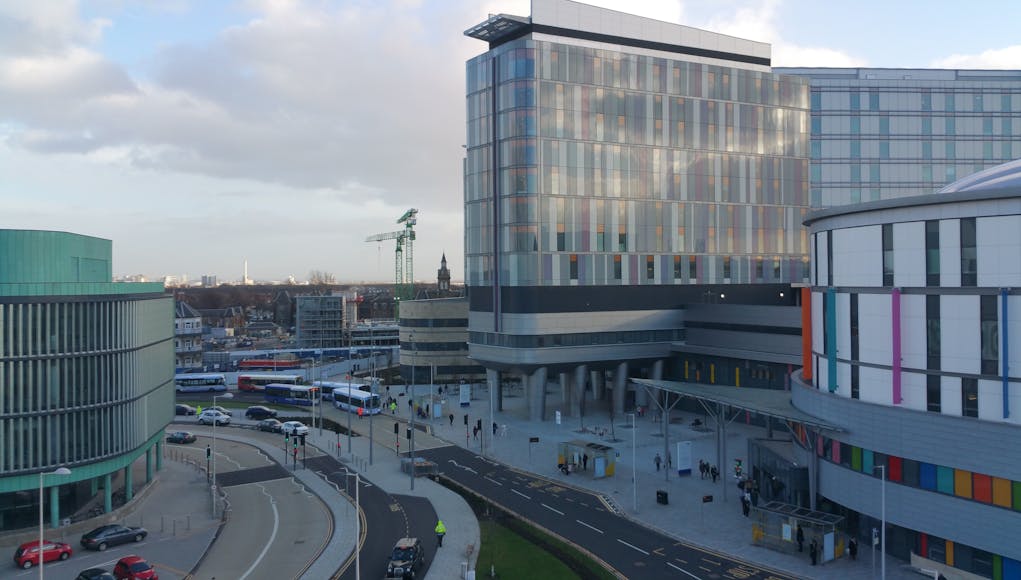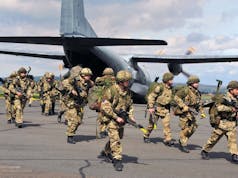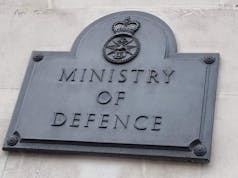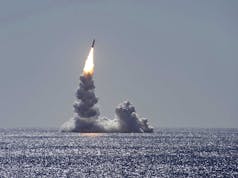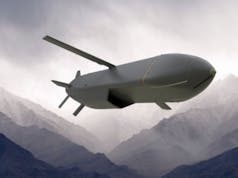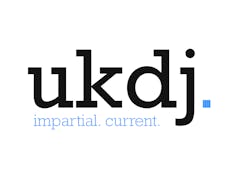Hospitals across Scotland have put special security measures in place amid concerns that the facilities may become targets.
A Scottish Government spokesman said:
“In light of the threat level being raised to critical earlier this week, all the necessary arrangements have been put in place to promote security and vigilance within healthcare facilities across Scotland.
The Scottish Government has been in touch with all health boards to ensure that these remain in place over the weekend and that appropriate plans are in place so that the NHS can respond effectively to the consequences of major incidents. It remains the case that there are no indications of a specific threat to Scotland.”
Scotland is home to the Queen Elizabeth University Hospital, a 1,677 bed acute hospital located in Govan in the south-west of Glasgow. The hospital comprises a newly built 1,109 bed adult hospital, a 256 bed children’s hospital and two major A&E departments, one for adults and one for children in addition to buildings retained from the former hospital. It is the largest hospital campus in Europe.
The move comes ahead of a big weekend of events in Scotland, including the Scottish Cup Final, a Barack Obama visit and a major music festival in Glasgow.
Recently, the threat level in the United Kingdom was raised after the attack in Manchester and soldiers were also deployed on streets in bid to prevent further attacks.
Operation Temperer is a plan to deploy troops to support police officers in key locations following a major terrorist attack. It was put into effect for the first time following the Manchester Arena bombing.
The plan provides for up to 5,100 soldiers to be deployed to “augment armed police officers engaged in protective security duties” at key sites in major UK cities.
Threat levels were originally produced by MI5’s Counter-Terrorism Analysis Centre for internal use within the British government. Assessments known as Security Service Threat Reports or Security Service Reports were issued to assess the level of threat to British interests in a given country or region. They had six levels: Imminent, High, Significant, Moderate, Low and Negligible.
Following terrorist attacks in Indonesia in 2002, the system was criticised by the Intelligence and Security Committee of Parliament as insufficiently clear and needing to be of greater use to “customer departments”.
| Threat level | Response | |||
|---|---|---|---|---|
| Critical | An attack is expected imminently. |
|
Maximum protective security measures to meet specific threats and to minimise vulnerability and risk. Critical may also be used if a nuclear attack is expected. | |
| Severe | An attack is highly likely. |
|
Additional and sustainable protective security measures reflecting the broad nature of the threat combined with specific business and geographical vulnerabilities and judgements on acceptable risk. | |
| Substantial | An attack is a strong possibility. | |||
| Moderate | An attack is possible, but not likely. |
|
Routine protective security measures appropriate to the business concerned. | |
| Low | An attack is very unlikely. | |||


